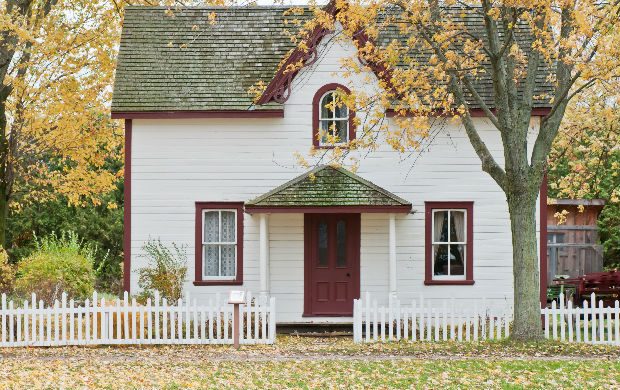Whether you’re moving into a larger house for a growing family or downsizing for a fresh start, the process can feel overwhelming. The thought of uprooting everything you know and getting it all to your new place intact might make you anxious.
But take a breath – though it’s a lot of work, with the right approach and a bit of careful planning, you’ll soon be settling into a new chapter.
Planning and Preparation
Before you even think about packing boxes, you’ll want to lay the groundwork for your move. Begin by setting a realistic timeline. If possible, avoid leaving everything until the last minute.
Make a checklist of tasks, starting with booking movers or hiring a van. Factor in time for visits to your new property, if necessary, to measure up for furniture and plan where things will go.
The trick is to break the move into manageable chunks. You’ll want to gather your family to discuss the logistics, especially if you have children or pets.
Assigning roles can help to avoid any confusion later. Older kids can help with simple tasks like sorting through their belongings, while younger children might need more attention to stay out of the way during the chaos.
Packing and Organisation
The secret to a successful packing session is organisation. Start with the non-essentials—anything you won’t need in the immediate future.
Once you’ve cleared the easy stuff, tackle belongings by category rather than room. Label your boxes clearly so that when they arrive at your new place, you won’t find yourself rummaging through them for essential items.
Don’t forget to protect fragile items. Invest in bubble wrap or packing paper to safeguard valuables. If you’re not sure how to pack large furniture or delicate electronics, consider professional packing services – they’ll ensure everything arrives in one piece.
This is also a good time to declutter. Use the move as an opportunity to donate, recycle, or sell things you can part with, making the whole process more efficient and less cluttered.
Updating Details and Finances
Notify banks, insurers, and government bodies of your new address well in advance, as missing even one can lead to headaches down the line.
The Royal Mail offers a mail redirection service, which you can set up for a specified period to ensure you don’t miss any important letters.
If you have children, inform their school about the move, and, if necessary, arrange transfers or new enrolments. Updating utilities is another vital task – ensure your gas, electricity, and water providers are aware of your move dates to prevent any disruptions to service.
Settling into Your New Home
Once you’ve arrived at your new home, don’t rush into unpacking everything all at once. Start with the essentials – kitchen items, toiletries, and the kids’ favourite toys or comfort items to help everyone feel settled. If you have pets, create a designated space for them, familiarising them with their new environment gradually.
In the first few days, explore your new neighbourhood. Find the nearest supermarket, post office, and any other places you’ll need to frequent. Meeting the neighbours can make you feel more at home, so don’t hesitate to introduce yourself.








